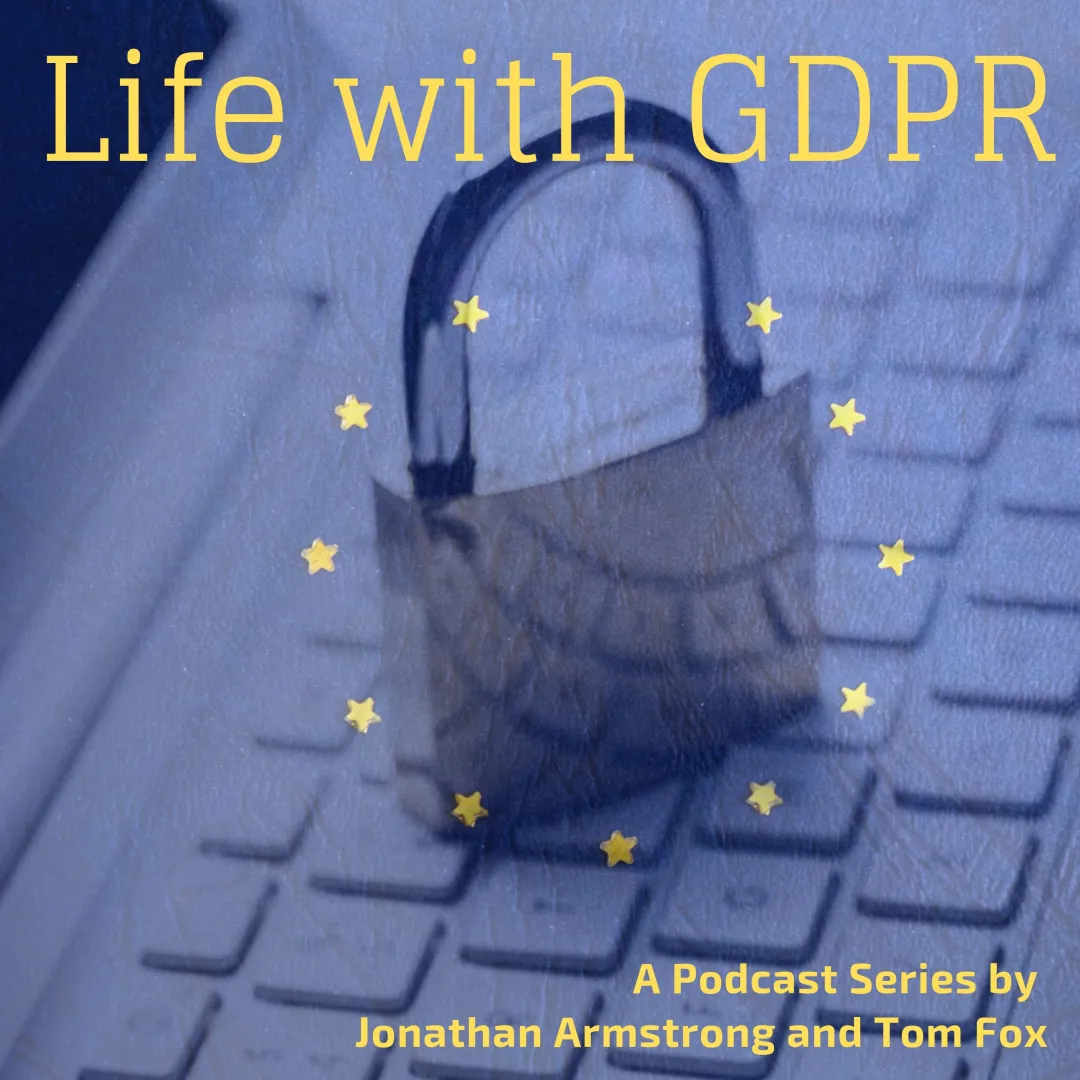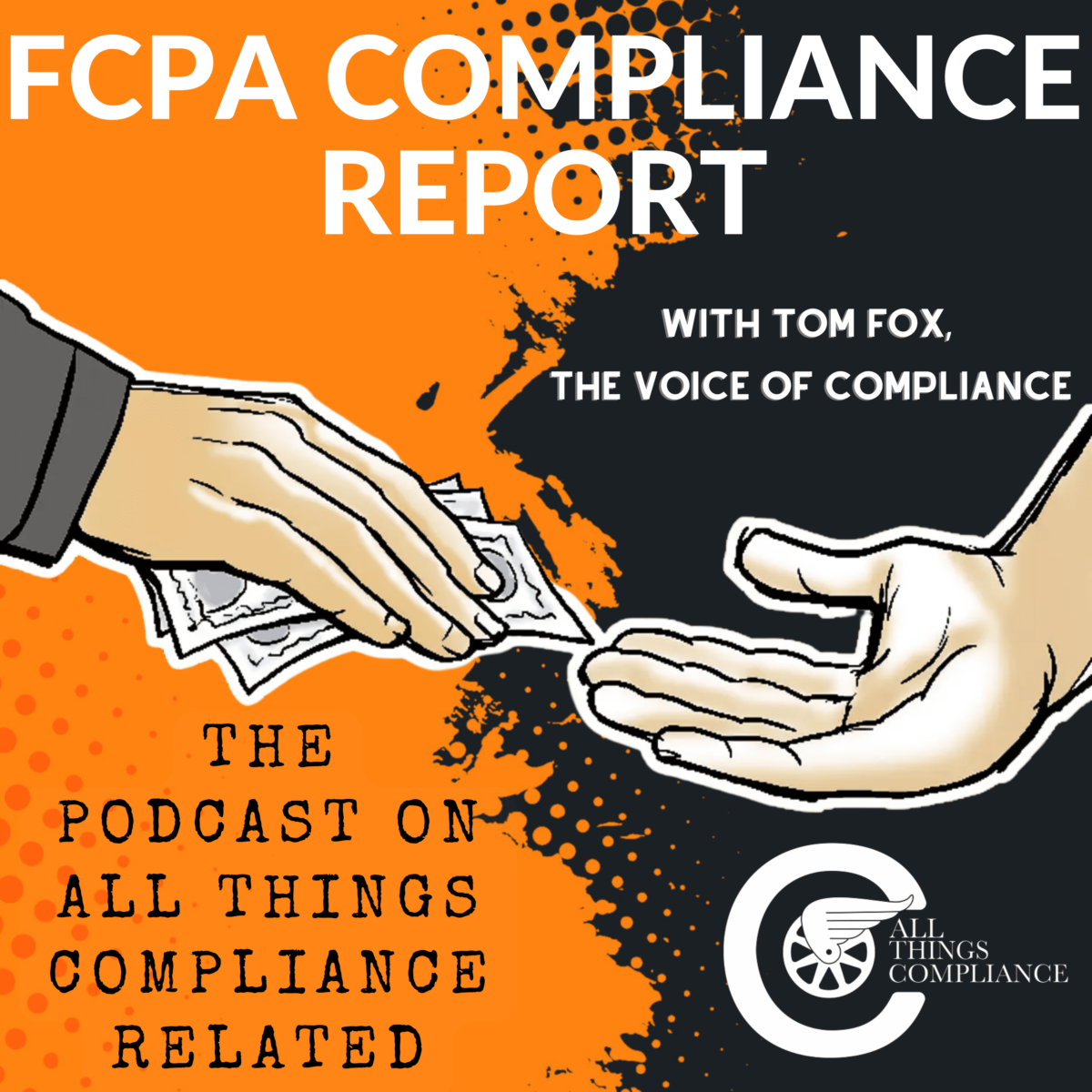Tom Fox and Jonathan Armstrong, renowned experts in cyber security, co-host the award-winning Life with GDPR. We take things in a different direction today as we discuss the somewhat lurid allegations around former Abercrombie & Fitch CEO Mike Jeffries. This matter illustrates the need for robust background checks and support of those who bring forward complaints against top management.
The topic of CEO risk, specifically the importance of accountability and investigations in corporate compliance, is a critical issue in today’s business world. It explores the potential dangers CEOs can pose to corporations and the necessity of holding them accountable for compliance initiatives. Tom Fox, a renowned compliance expert, emphasizes the importance of conducting thorough due diligence on individuals, particularly at the senior executive level, to mitigate risks. He believes that behavior patterns often exist before public scandals occur and that it is crucial to identify these patterns through deep investigations. On the other hand, Jonathan Armstrong highlights the challenge of pushing compliance up the organization and the need for thorough due diligence when hiring senior executives. He also stresses the importance of accountability and investigations in addressing misconduct allegations, even if they are historic. Join Tom Fox and Jonathan Armstrong as they delve deeper into this topic on this episode of the Life with GDPR podcast.
Key Takeaways:
- CEO Accountability and Risk Exposure
- Allegations of Sex Trafficking and Abuse
- The Significance of Investigating Past Misconduct
Resources
For more information on the issues raised in this podcast, check out the Cordery Compliance News Section. For more information on Cordery Compliance, go to their website here. Also, check out the GDPR Navigator, one of the top resources for GDPR Compliance, by clicking here.
Connect with Tom Fox
● YouTube
Connect with Jonathan Armstrong




